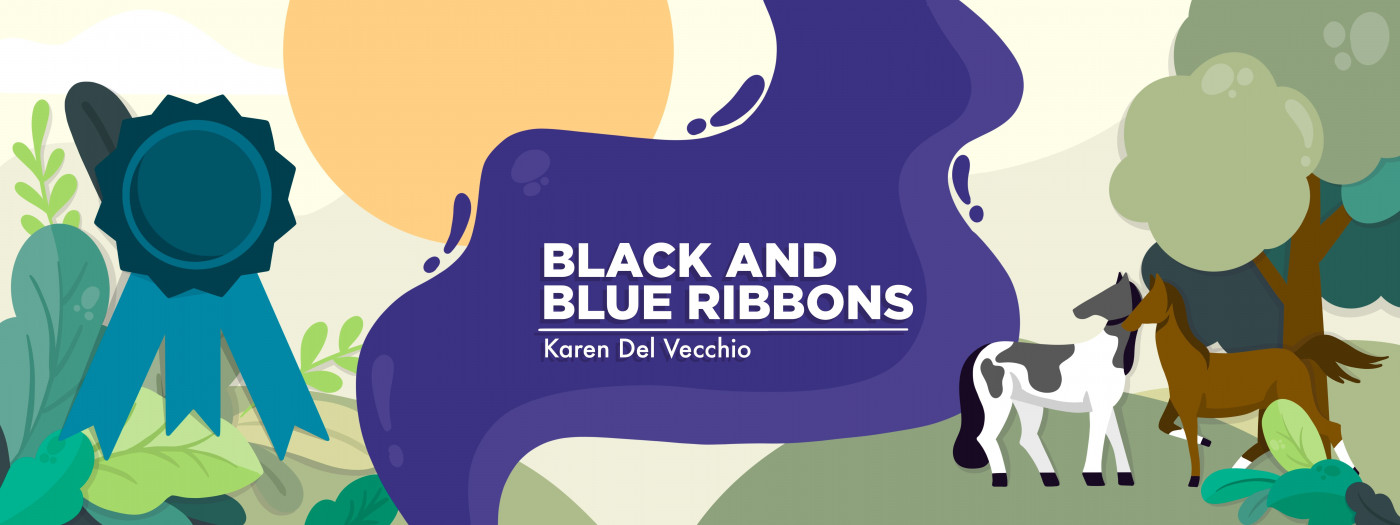Finding My Tribe Among Other Equestrians With Invisible Diseases
A columnist is thrilled to find a community of people just like her

A few days ago, I stumbled upon a recent blog post titled “Come As You Are: The Autoimmune Equestrian” on the website Eventing Nation. Eventing, or the triathlon of horse sports, as it’s often called, has a range of levels, from Olympic all the way down to short 18-inch jumps. I compete with my horse Cherry at the lower end of the spectrum in a division called beginner novice, in which the jumps are a maximum height of 2 feet, 7 inches.
As ridiculous as this sounds, and despite the fact that I have an invisible disorder with Ehlers-Danlos syndrome (EDS), I never considered that I might be competing against others who have one, too. I’m now trying to understand how I could’ve been so narrow-minded. Why on earth would I be the only one?
While most people have heard of equine therapy, or the use of horses to help promote physical and mental health, I don’t often hear about it in the invisible disease community. In eventing, we compete against people without physical limitations, and I suspect that we often do our best to fly under the radar.
Allie Heninger, the author of the blog post, mentions that she has an autoimmune disorder currently classified as an undifferentiated connective tissue disease. Heninger says her most challenging symptoms are fatigue, muscle pain, and joint pain. Thanks to EDS, I can totally relate!
After spending years pushing back against her disease and trying to continue as normal, she reached the following conclusion: “Rather than fighting it, I had to learn how to not just coexist, but to accept my body for what it is and work with it to accomplish my goals, even if it may be in a different way than I had always anticipated.”
This is how I try to live my life, and it’s so refreshing to see people like me out there, who are managing a full-time job, an invisible disease, and life with horses. While my barn friends are amazingly supportive and understanding and pitch in when I need help, knowing that someone else is in the same position as me renews my energy.
Heninger reminded me that it’s OK to have not-great days sometimes. That it doesn’t matter if people who started riding well after you did progress to higher levels of competition. That it’s about staying active, finding realistic positivity, and being outside in the fresh air doing what you love, at whatever level your body can manage. These are all things I’ve worked hard to accept over the years, and it’s encouraging to see that someone else shares my sentiments.
Clearly, I’m not the only equestrian with an invisible disease. Heninger is bringing the greater equestrian world’s attention to us. If even I hadn’t given it much thought, as someone with a rare, invisible disease, more awareness is evidently necessary.
It’s wonderful to realize that there’s a community of people just like me. Hopefully, more will continue to speak up so we can all support one another.
Note: Ehlers-Danlos News is strictly a news and information website about the disease. It does not provide medical advice, diagnosis, or treatment. This content is not intended to be a substitute for professional medical advice, diagnosis, or treatment. Always seek the advice of your physician or another qualified health provider with any questions you may have regarding a medical condition. Never disregard professional medical advice or delay in seeking it because of something you have read on this website. The opinions expressed in this column are not those of Ehlers-Danlos News or its parent company, Bionews, and are intended to spark discussion about issues pertaining to Ehlers-Danlos.





Laura
Having recently been clinically diagnosed I'm spending a lot of time searching for treatment and information.
It's refreshing to see others have met these challenges and found a solution that works for them. This gives hope that there is a workable solution it might be different than anyone else's but made up from many. Thanks for the hope.